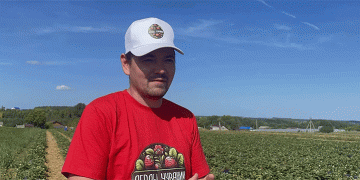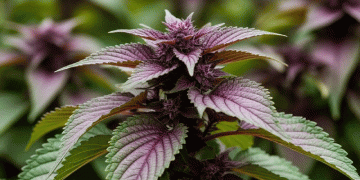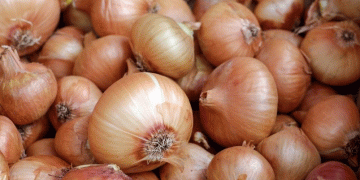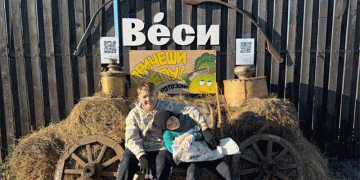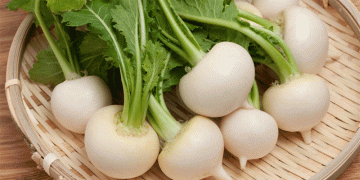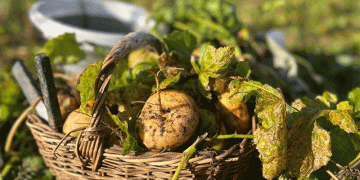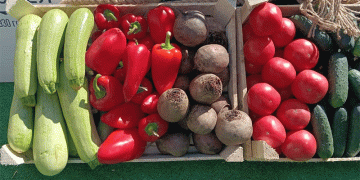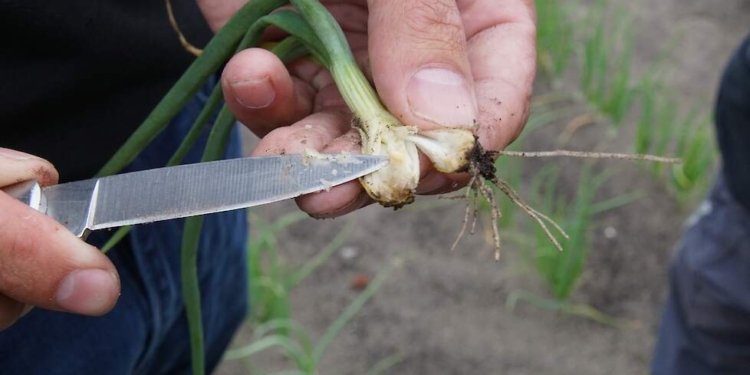The HLB construction plan demo in 1e Exloërmond shows that the onion crop develops much worse under a regime with hardly any organic matter input. The young onion plants here appear to be sensitive to loss by the onion fly. With more organic matter input, the seed onions grow better and are less susceptible to the pest insects.
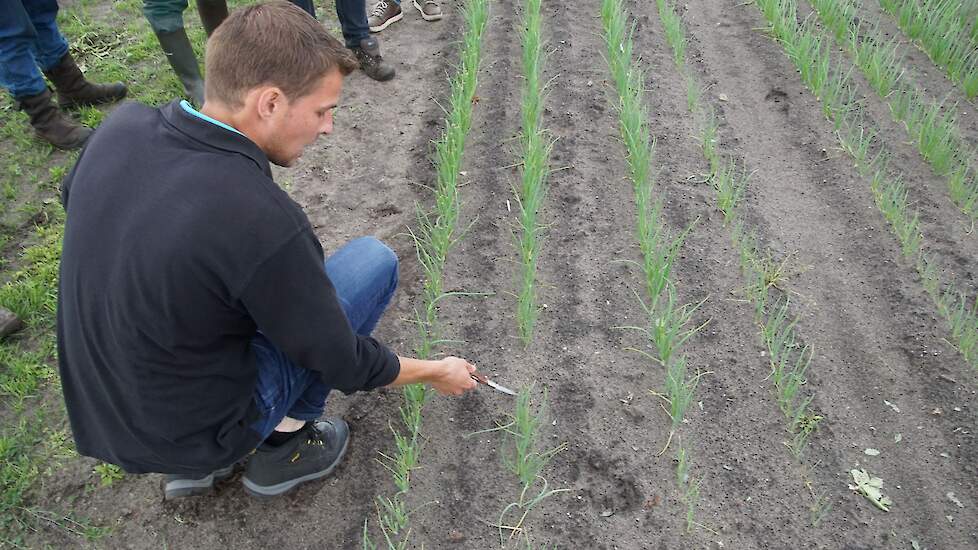
Luuk Heling of the HLB explains how the onion fly works between the demo fields. “It is a paradise for the onion fly here in the Veenkoloniën. They are in the edges of the fields and the groves and rows of trees in the landscape. They fly to an onion field only to mate and lay eggs. The females lay the eggs at the base of the onion plants. The larvae crawl in there, eat around, maybe crawl to a few more onion plants next to it and then pupate into adult flies.”
In the HLB demo, it is noticeable that the onions develop the fastest in fields with an ample supply of organic matter from compost, manure and green manures. Thanks to the smooth growth, this crop is less bothered by the onion fly larvae. The loss is high in a poor regime in terms of organic matter supply. Heling points out the investigated onion plants. Often there are more people next to each other in line. When he cuts open an onion plant with symptoms of disease, you will see the larvae crawling in the part just above the roots.
Because the youngest onion plants are particularly sensitive to onion fly damage, the first flight of this insect is apparently the most harmful. In the second and third flight they do less damage, but they do build a population for the next season. Systemically acting insecticides in seed coatings are prohibited. That is why it is more difficult for the growers to limit the damage in the young crop. Heling explains the sterile male technique. By releasing an excess of farmed and subsequently sterilized flies into contiguous onion growing areas, the vast majority of females mate with infertile males and drastically reduce the number of offspring.

They crawl to several plants.
The slow-developed seed onions in the HLB demo sometimes turn out to contain many larvae per plant.
Heling has 8 onion fly larvae in this specimen.
HLB / De Groene Vlieg works with sterile flies in several areas. For success, the largest possible participation of onion growers per area is important. The costs are then comparable or lower than with chemical control. The advantage is that the technique is known as more environmentally friendly and selective. With the disappearance of more and more chemical agents, growers decide to regionally reduce the problem with sterile flies.
Scientific Name: Delia antiqua
Identification
- Small (<5 mm or ¼ in.) translucent white maggots
- Legless and oblong-shaped with a pointed anterior
- Adult is a small (5 mm, ¼ in.) grey-black fly
- Infestations often result in wilted transplants and poor stand establishment
Often Confused with
Onion smut
Damping-off and root rots
Period of Activity
Onion maggot flies emerge from overwintering sites in early June when onion plants are most susceptible. Crop losses may occur if in-furrow control measures are not used. There are three generations per year in Ontario, June, July and late August.
Scouting Notes
First-generation onion maggot thresholds are a combination of trapping and visual scouting. Place four traps (of 3 sticky boards each) centrally along each field edge. Check traps weekly. Assess the percent damage using plots containing 100 onions repeated four times within the field.
















